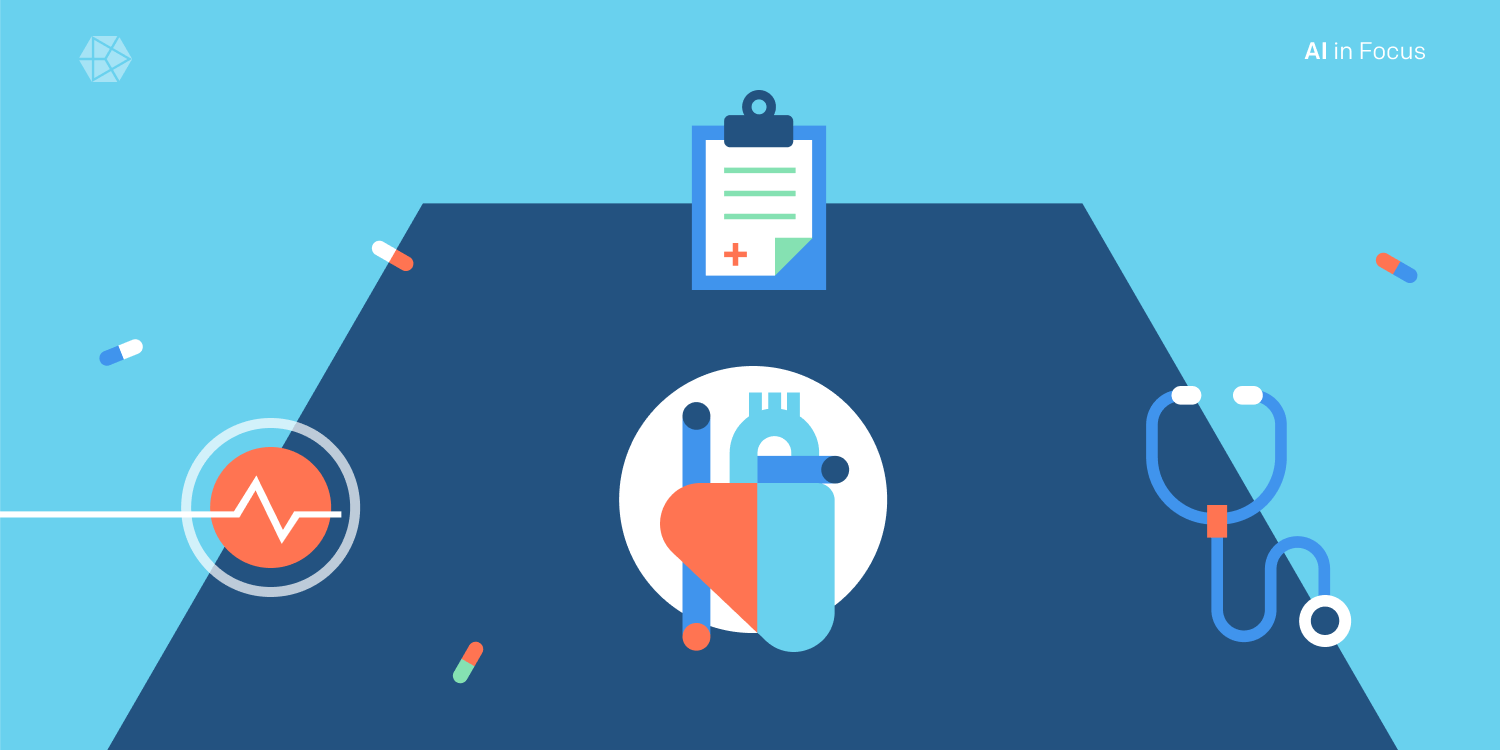
The healthcare industry is ripe for revolution, and AI has proven to be instrumental in leading that charge. From the operating room to the back office, AI is already considered to be healthcare’s new operating system. Machine learning, natural language processing, and robotics are cutting costs, providing better service, and streamlining operations
Read More: Redefining Healthcare Through Blockchain
In an industry expected to be worth over $8.7 trillion by 2020, it’s no surprise that AI applications are focused on saving lives as well as money. Here’s a look at four of today’s most common AI trends across the healthcare industry:
Early Detection
One of the most life-altering benefits to AI is the ability to detect diseases earlier, faster, and more accurately. Through machine learning and pattern recognition, AI can identify tumors, recommend possible diagnoses, and even predict the length of a patient’s possible hospital stay. In one example, CloudDX uses AI to determine, through the sound of a patient’s cough, whether s/he has a chronic condition like bronchitis, upper respiratory infections, or a more serious condition like pneumonia.
In some cases, the improvement is substantial: a study from the American Cancer Society found that AI-assisted mammograms were both 99% more accurate and processed 30x faster than their non-AI counterparts.
Robot-Assisted Surgery
Machines repairing the human body are no longer works of science fiction. In fact, robot-assisted surgical devices are expected to become a $40 billion industry by 2026. After analyzing a patient’s pre-op medical data, AI-enabled surgical robots can help physically guide a surgeon’s instruments during a medical procedure. Robot-assisted surgery has shown both a five-fold reduction in surgical complications and a 21% decrease in a patient’s length of stay. Following the medical procedure itself, machine learning helps calculate and determine new possibilities for future surgical procedures.
Virtual Nursing Assistants
As a response to the labor shortage of medical professionals in nursing, virtual nursing assistants are helping hospitals reduce unnecessary visits and carry out patient maintenance tasks. Anticipated to grow into a $20 billion industry by 2026, AI nurse avatars can help ask patients general health questions, assess medical symptoms, and guide them towards medical care in-person or online — all at reduced wait times. Taking advantage of machine learning, pattern recognition, and general-purpose algorithms, virtual nursing assistants have access to vast amounts of health data and can accurately pinpoint a user’s symptoms cross referenced with their medical history.
Administrative Assistance
AI is transforming the incredible amounts of time healthcare professionals spend on clinical documentation, record keeping, and other administrative tasks. Voice recognition and natural language processing — through tools like IBM Watson — can help streamline the time-consuming clinical documentation process, automatically analyzing medical records and reducing operational costs. Automated data collection for electronic health records allows for the consolidation of data from several different sources, linking patient information together and offering greater analysis to predict possible future medical issues. In the lab, AI-enabled robots are also helping take care of repetitive medical tasks like blood testing.
Final Thought
With more data and computing power, the AI-assisted healthcare industry will only continue to improve. Both healthcare providers and patients benefit from the improved accuracy and lower costs offered by AI. As the world continues to fill with smart sensors and smaller, more powerful computers, breakthrough technologies like brain-computer interfaces are at the forefront of what’s going to be possible in the world of science and medicine. Vast amounts of data may be used to identify and predict diseases today, but it’s certainly not too far off to anticipate AI helping lead the eventual eradication of ailments or chronic conditions.
